Recently I modified a model of the legendary SR-71 Blackbird to see how fast it would go - here is an article to provide more details about this high-speed project.
Before you read on, though, here is the YouTube video!
Firstly, the aircraft. This model is a Horizon Hobby E-Flite SR-71 Blackbird twin 40mm EDF BNF Basic. It is powered by a 4s LiPo and two 40mm fans. It certainly looks fast out of the box.

On its first flight, we got it up to a respectable 108kmh, which is equivalent to 67mph. To measure the speed I was using a small SkyRC GNSS Performance Analyser GPS that could be fitted in the battery tray of the aircraft. As mentioned in the video, the restrictive size of this aircraft meant there was zero room inside by the end of this project!

I swapped from using a runcam 2 4K to an Insta360 Go3 to reduce the frontal area of the aircraft. I needed to capture onboard video as this plane moves very fast and the external shots from the ground couldn't be relied upon for the YouTube video. Perhaps I could have enclosed the camera in a plastic aero bubble, but this would have distorted and lowered the quality of the onboard footage.

I also tried using a fresh battery pack on the next flight. This Spektrum 2200mah 4s Smart Battery increased the motor RPMs by a considerable amount (probably 10-15%).

After increasing the airspeed to 150kmh (93mph), I ran some smoke tests to see how efficient the EDFs (Electric Ducted Fans) were at accelerating the air. I ended up installing some new FMS 50mm EDFs which had a very noticeable effect.

Eventually it was time to try adding solid rocket motors to the aircraft to act as a 'second stage' booster. The rocket motors I ended up going with were special long-burn TSP motors. You can get these from modelrockets.co.uk if you are in the UK, otherwise, checkout the TSP Facebook page.

As you might have seen from the video, the first test flight was a success... aside from the slightly abrupt landing.

A very decent result. Now time for the next aircraft to see if we can beat it!

Make sure to check out more articles on the Project Air website for in-depth details about my other projects!






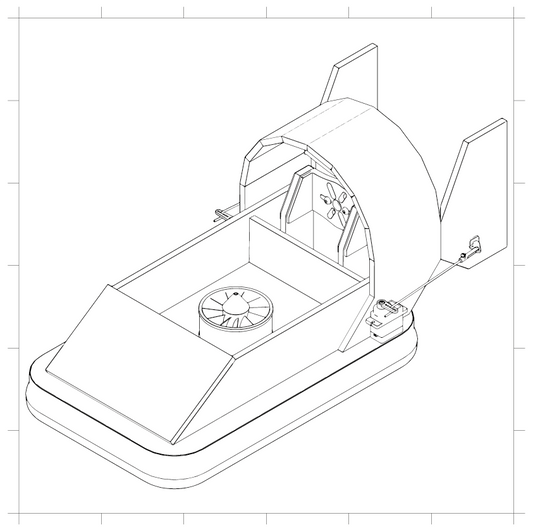
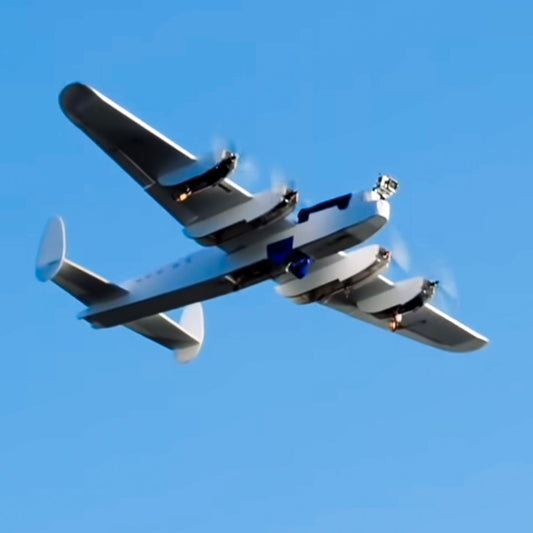
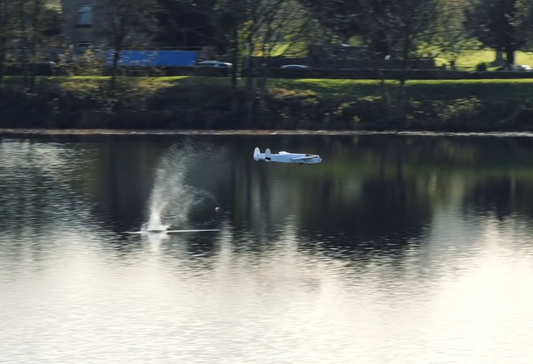
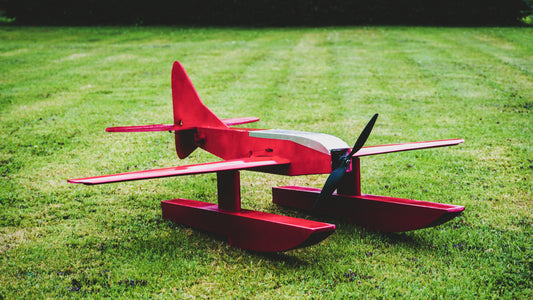
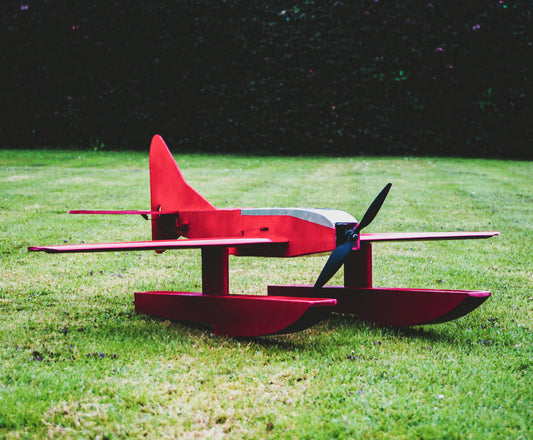


3 comments
Where did you bye it and what is the price of the SR71
Where did you bye it and what is the price of the SR71
Nice work bro but I think you should also make a video on automobile also.